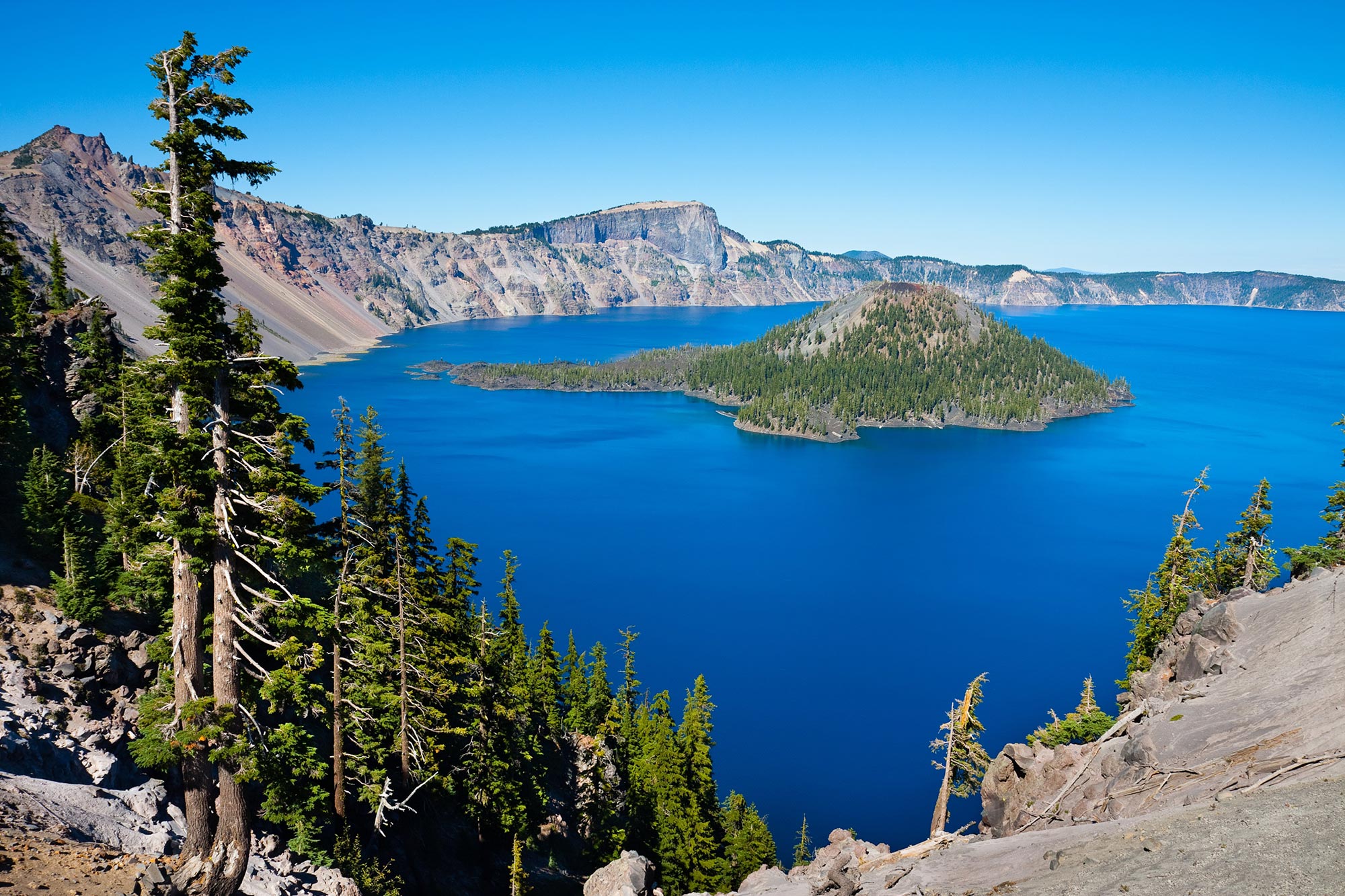Liquid Mysteries: What Your Water's Color Reveals About Its Secret Life
Science
2025-03-18 04:55:40Content

The Colorful World of Lakes: Nature's Water Palette
Have you ever gazed across a lake and wondered why its waters shimmer in stunning shades of blue, green, or even murky brown? The answer is a fascinating interplay of light, microscopic life, and natural elements that tells a rich story about the lake's ecosystem.
Each lake's unique color is like a fingerprint, revealing intricate details about its environmental health and composition. Tiny particles suspended in the water, microscopic algae, and organic matter act as nature's paintbrush, transforming the water's appearance in remarkable ways.
Scientists use these color variations as valuable clues to understand water quality, track potential pollution, and monitor the delicate balance of aquatic environments. From crystal-clear alpine lakes to rich, green wetlands, every shade offers a glimpse into the complex world beneath the surface.
Next time you encounter a lake, take a moment to appreciate its color – it's not just a visual treat, but a window into an entire underwater ecosystem waiting to be explored.
Decoding Nature's Palette: The Fascinating Science Behind Lake Coloration
In the vast and intricate world of aquatic ecosystems, lakes serve as natural canvases painted with an extraordinary array of colors. From deep azure blues to murky browns, these water bodies tell complex stories of environmental interactions, geological compositions, and microscopic life forms that remain largely invisible to the naked eye.Unraveling the Mysteries of Water Chromatics: A Journey Through Scientific Discovery
The Optical Symphony of Water and Light
Water's color is not a static phenomenon but a dynamic interplay of multiple scientific factors. Sunlight penetrates water surfaces, interacting with suspended particles, dissolved organic compounds, and microscopic organisms in ways that create stunning visual spectacles. Each lake becomes a unique laboratory where physical, chemical, and biological processes collaborate to produce distinctive chromatic expressions. The wavelength absorption and reflection mechanisms determine the visual perception of water color. Different molecular structures and particulate matter scatter and absorb light differently, creating nuanced color variations that scientists can decode like intricate environmental signatures.Geological Foundations and Mineral Influences
Underlying geological structures profoundly impact lake coloration. Sedimentary compositions, mineral deposits, and surrounding rock formations contribute essential elements that modify water's optical properties. Volcanic regions, for instance, introduce unique mineral concentrations that can transform lake appearances dramatically. Trace elements like iron, manganese, and copper interact with water molecules, creating subtle yet significant color transformations. These mineral interactions represent complex geochemical narratives that extend far beyond simple visual observations.Biological Ecosystems and Chromatic Indicators
Microscopic organisms play a pivotal role in lake coloration. Algal blooms, bacterial colonies, and planktonic communities introduce pigments that dramatically alter water's visual characteristics. These biological indicators serve as critical environmental health markers, providing researchers with invaluable insights into ecosystem dynamics. Certain algae species produce specific pigments that range from vibrant greens to deep browns, reflecting intricate nutritional and environmental conditions. These chromatic variations serve as natural diagnostic tools for understanding ecological balance and potential environmental disruptions.Environmental Monitoring Through Color Analysis
Scientists have developed sophisticated techniques to interpret lake colors as comprehensive environmental diagnostic tools. Spectral analysis, satellite imaging, and advanced computational models enable researchers to track ecological changes, pollution levels, and potential environmental stressors through precise color measurements. By understanding the complex relationships between water color and underlying environmental conditions, researchers can develop more effective conservation strategies, predict ecological shifts, and mitigate potential environmental challenges.Climate Change and Chromatic Transformations
Global climate variations increasingly influence lake coloration patterns. Rising temperatures, altered precipitation patterns, and shifting ecological balances contribute to observable changes in water body appearances. These chromatic transformations serve as critical indicators of broader environmental metamorphoses. Researchers now recognize lake colors as dynamic records of environmental history, capturing subtle yet significant ecological transitions that might otherwise remain unnoticed. Each color variation tells a story of adaptation, resilience, and ongoing environmental negotiation.RELATED NEWS

Science Under Siege: New Jersey Professors Blast Trump's Research Budget Massacre







